Matcha has made a comeback – and it’s bigger than ever.
In recent years, tea drinkers in the West have discovered the health benefits of matcha, like its calming effects and brainpower boost. And they’ve been captivated by matcha’s unique flavor profile — fragrant and vegetal, with a hint of umami — that few other tastes in the Western palate mirror. Coffee shops are serving matcha, mainstream grocery stores are stocking it on their shelves, and leaders in the culinary world are publishing recipes for matcha-flavored desserts. A recent report found that worldwide revenue from matcha is expected to reach $5.5 billion within the next five years.
So to many Western consumers of tea, it could sound counterintuitive to claim that a product as modern as matcha is one that has been around long enough to have gone out of fashion and come back in. But the method of whisking powdered green tea into hot water with a bamboo whisk was transmitted to Japan from China as early as the 12th century. It wasn’t until the mid-17th century that steeping whole leaves became the most common way to prepare tea, first in Asia and eventually across the whole world.
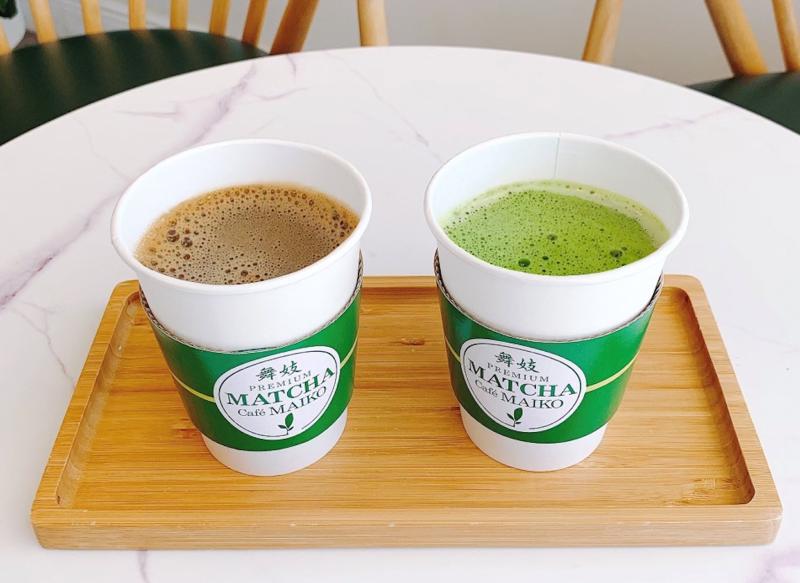
Tea gained traction as a global commodity over the following centuries, with most consumers not knowing any other way to prepare tea but by steeping and removing the leaves. So matcha’s recent rise to stardom is really a sort of throwback to Japan’s medieval era of “whipped” tea.
Today, a cohort of cafes called Matcha Cafe Maiko carries on the legacy of Japanese matcha while also appealing to the demand for modern spin that has resulted from matcha’s 21st-century rebirth in the West. Inspired by the matcha dessert cafes that have been a mainstay in Japan for decades, Matcha Cafe Maiko serves traditional matcha tea alongside matcha shaved ice, matcha ice cream, matcha parfaits, and other confections.
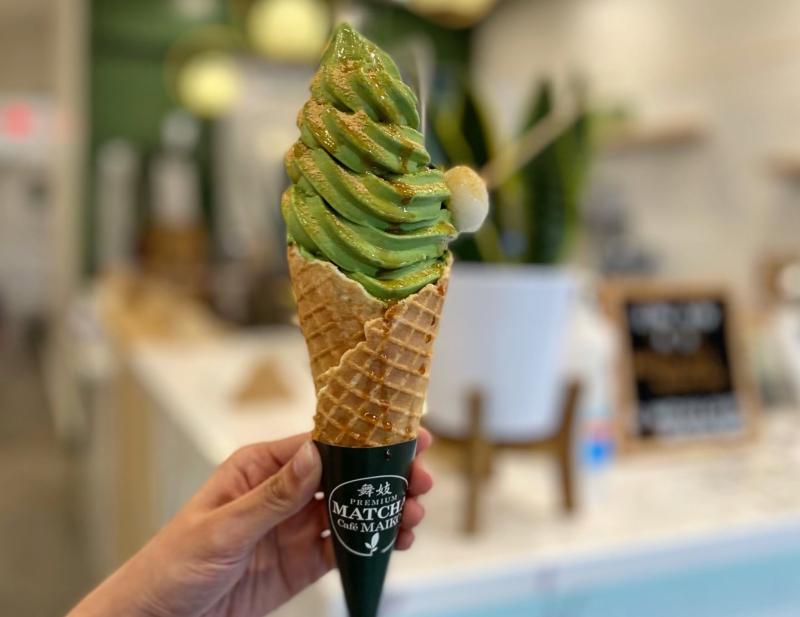
“The No. 1 reason we have been successful is our commitment to a particular taste,” said Makoto Honoki, who manages operations for Matcha Cafe Maiko’s head office. He said the cafes achieve consistency and quality by sourcing their matcha from Harima-en, a family-owned tea farm in Uji, Kyoto that dates back to the 19th century. To further ensure quality, Matcha Cafe Maiko also makes as many ingredients as possible from scratch.
The first Matcha Cafe Maiko store opened in Honolulu in 2016, but its franchises are now found in more than 20 U.S. cities. The license for a franchise includes training at the flagship store, as well as use of the company’s logo and recipes. Each local store offers its own range of tastes and treats inspired by Japan and other Asian cuisines, but classic matcha teas, lattes, and soft serve still reign supreme.
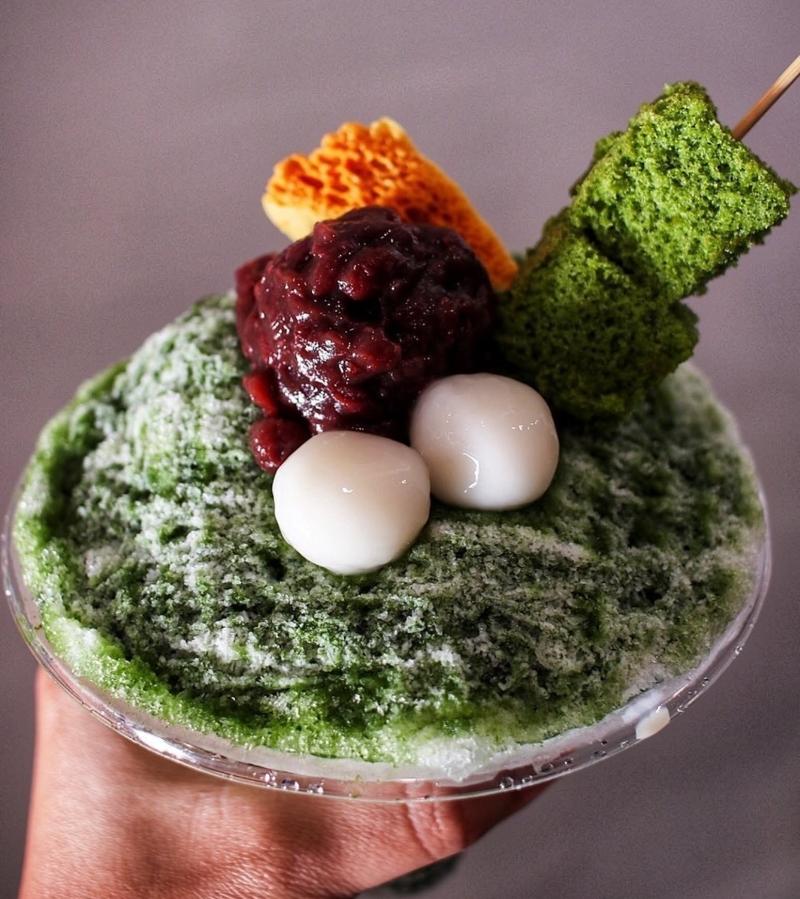
“High quality matcha is hard to find,” said Minh Phan, owner of the franchise in Orlando. “I didn’t find truly good matcha in the United States until I came across Matcha Cafe Maiko. From the first bite there, I knew it — this is the one.”
She attributes the popularity of matcha in the West to the health benefits and energizing qualities it offers; an alternative to coffee without the jittery effect.
Phan’s first experience with Matcha Cafe Maiko was a visit to one of the Atlanta-area stores. She was inspired to move back to Orlando, where she had lived previously, and launch her franchise there in 2020. To appeal to Orlando’s sizable Asian and Asian American communities, she creates seasonal specials to highlight not only new takes on matcha, but other popular flavors, too. Her black sesame latte, ube soft serve, and Vietnamese espresso have been particularly popular, and her rose matcha latte was in high demand around Valentine’s Day, she said.
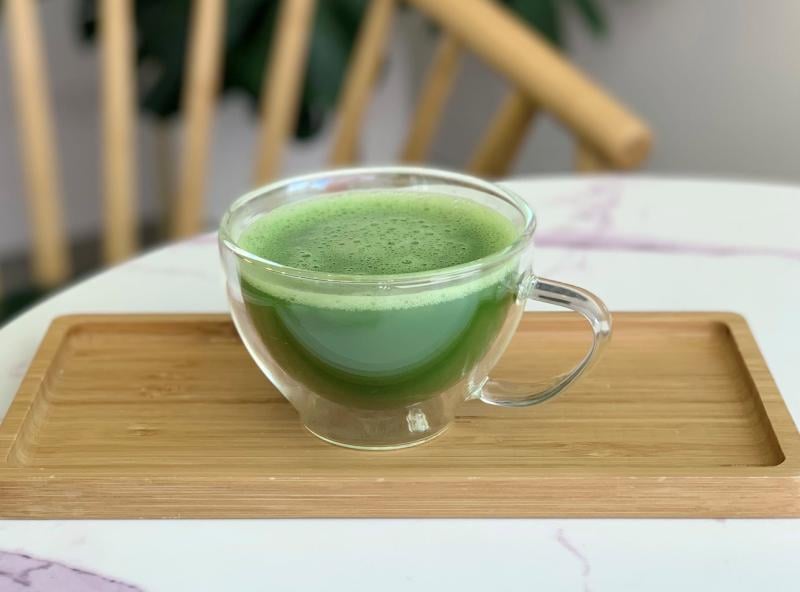
The relatively recent spike in Western demand for matcha doesn’t necessarily mean it’s a fad that will come and go. Phan thinks matcha is here to stay in its newer locales, based on its long history of popularity in Asia that has laid the foundation of great potential for concepts like Matcha Cafe Maiko to take off.
“Matcha is not a trend that’s going to be ending soon,” Phan said. “It’s really just getting started here in the U.S.”
Perhaps similar to the waves of coffee consumption, as matcha becomes more of a norm in the U.S., consumers are becoming aware of the differences between commodity and specialty matcha. Phan is confident her cafe will continue to be a worthwhile business venture for her because she maintains a high standard of quality for the tea and other products she serves, and that’s what keeps customers coming back.
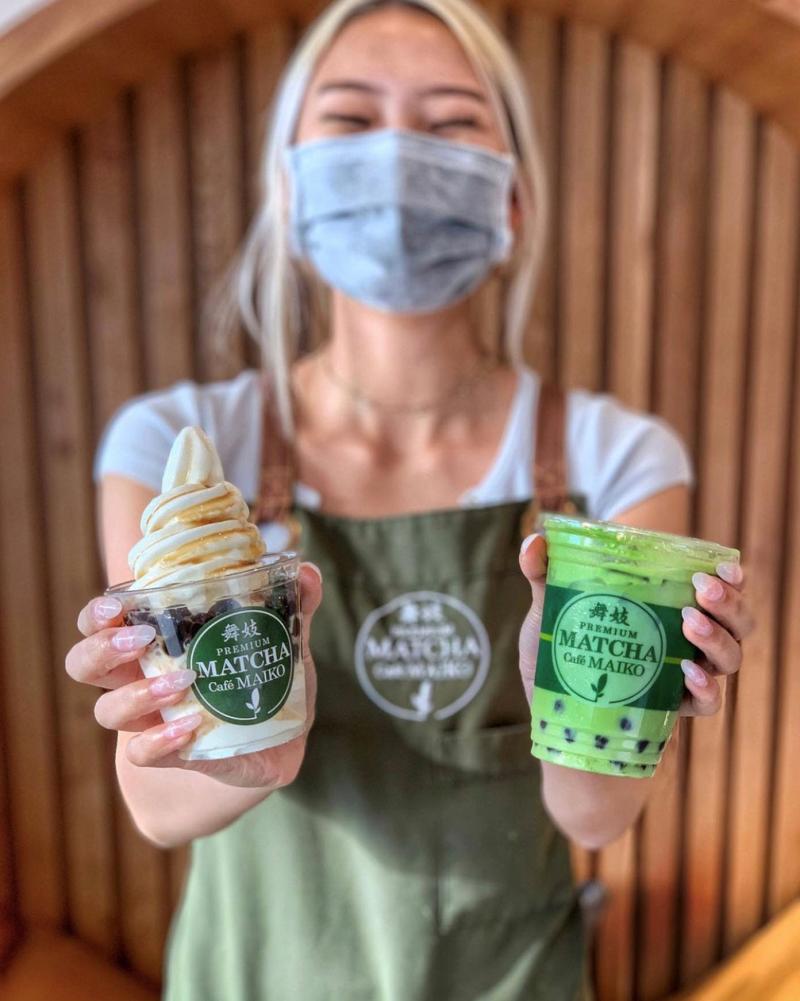
“You have to do your research; know your market,” Phan said. “And especially, believe in your product. If the quality is good, it will go a long way.”Cat Kerr has supported operations and served tea on the frontlines as a barista for small business cafes, including Matcha Cafe Maiko Orlando, since 2018. She is a full-time communications professional with a background in newswriting and a student of Japanese language and culture.
Plan to Attend or Participate in the
World Tea Conference + Expo, March 21-23, 2022
To learn about other key developments, trends, issues, hot topics and products within the global tea community, plan to attend the World Tea Conference + Expo, March 21-23, 2022. The event will be celebrating its 20th anniversary, in addition to being co-located with Bar & Restaurant Expo. Visit WorldTeaExpo.com.
To book your sponsorship or exhibit space at the World Tea Conference + Expo, contact:
Veronica Gonnello
(for companies A to G)
e: [email protected]
p: 212-895-8244
Tim Schultz
(for companies H to Q)
e: [email protected]
p: (917) 258-8589
Fadi Alsayegh
(for companies R to Z)
e: [email protected]
p: 917-258-5174
Also, be sure to stay connected with the World Tea Conference + Expo on social media, for details and insights about the event. Follow us on Twitter, Facebook, Instagram and LinkedIn.
